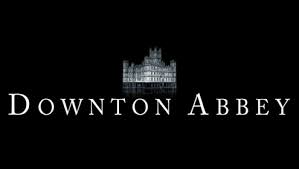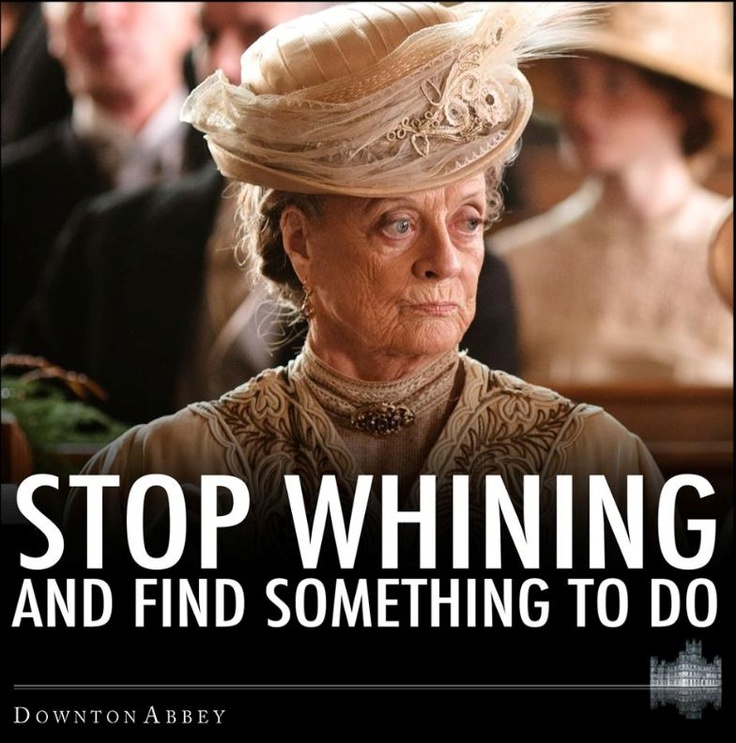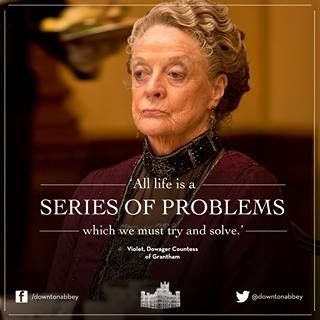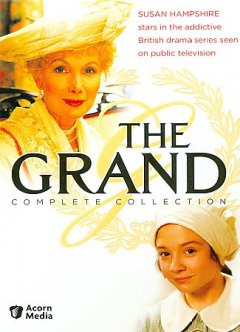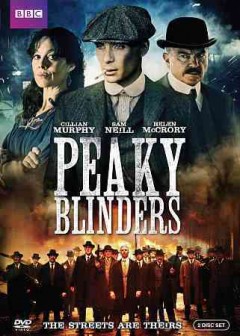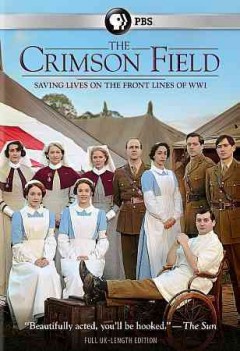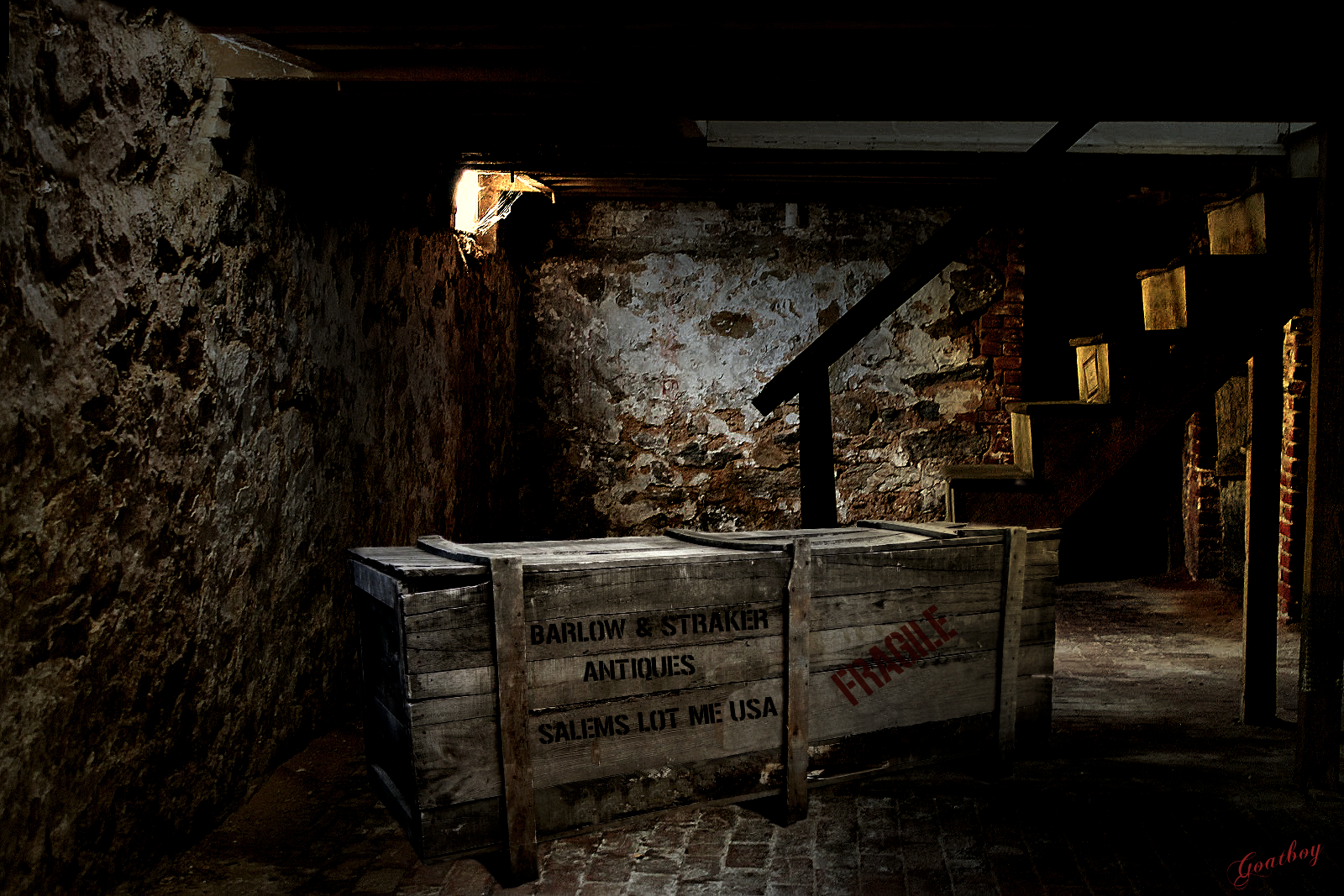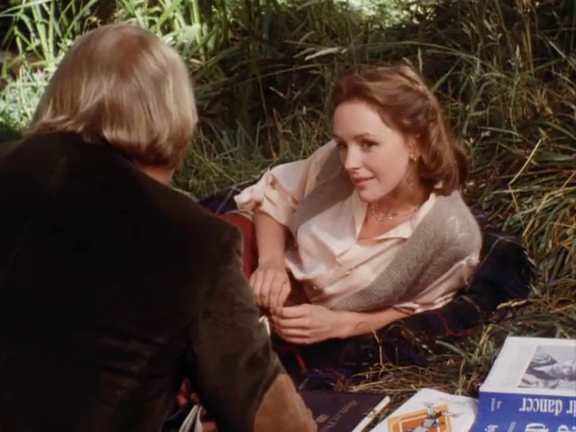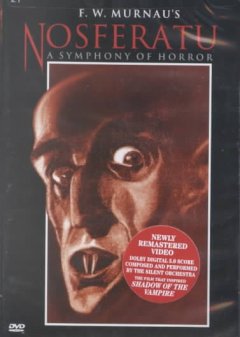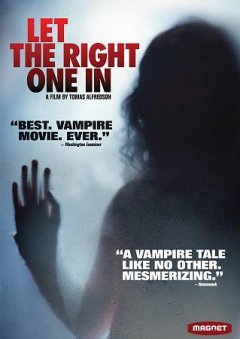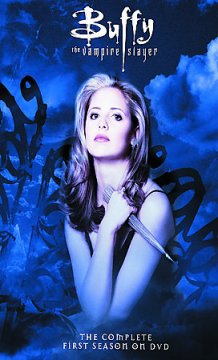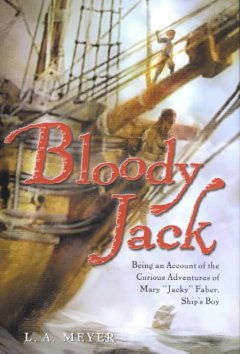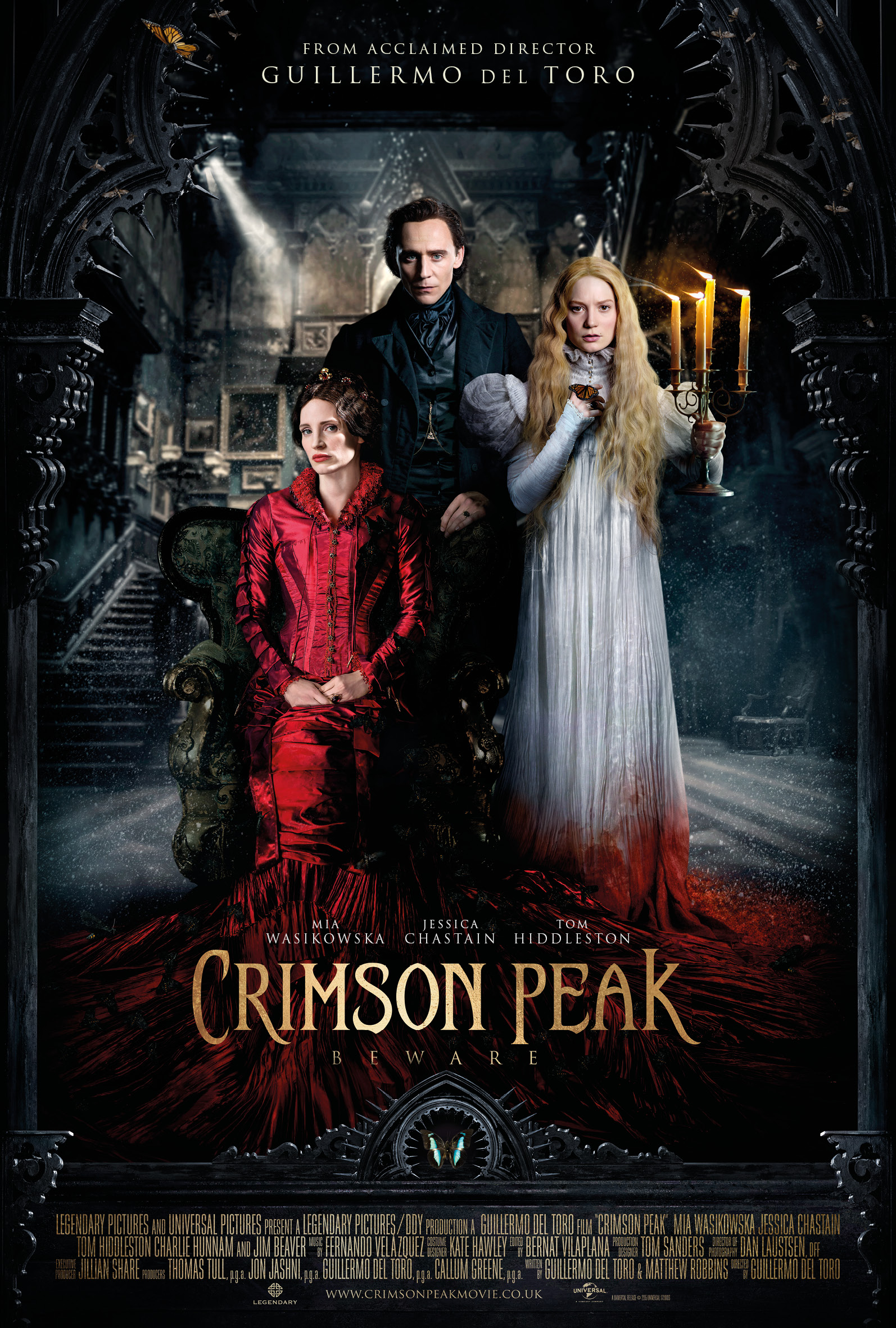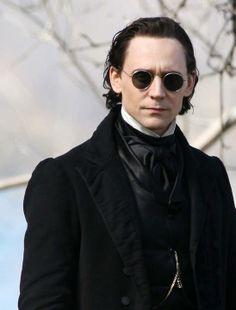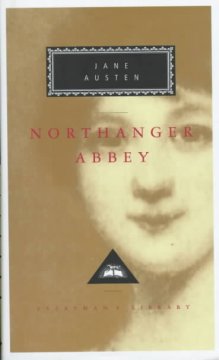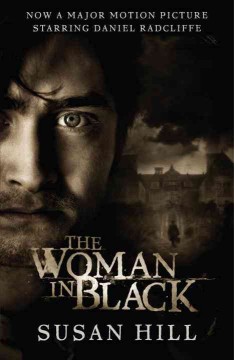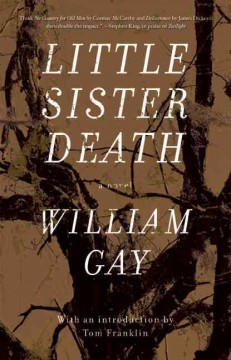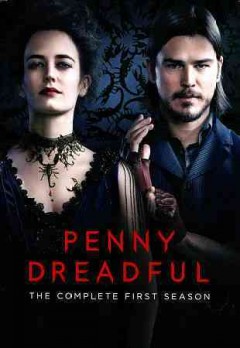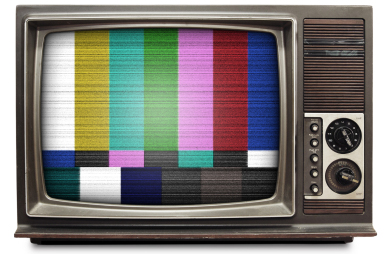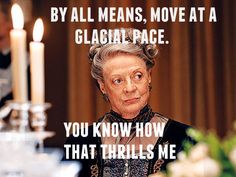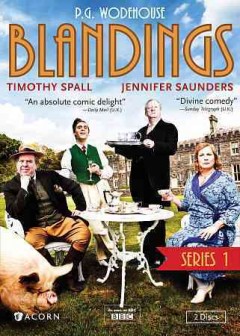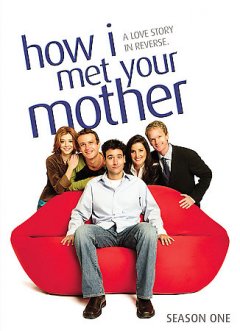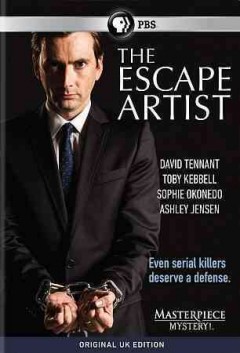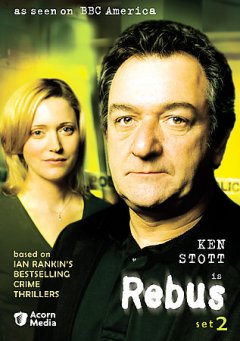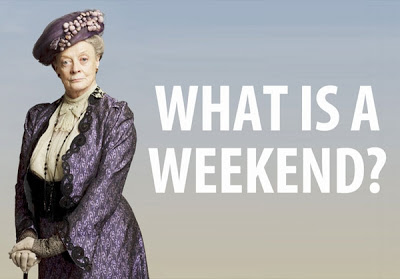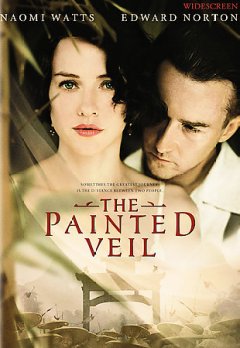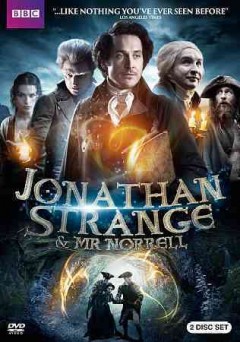Like so many others, we here at the South love Downton Abbey and are going through that strange blend of excitement and mourning with the final season now airing on PBS. I’m not sure I’ve ever seen a phenomenon quite like Downton Abbey, at least not in relation to a TV show. The series seems to have struck a chord with Anglophobes and Anglophiles alike with likable characters, so many of whom we can relate to, despite not really sharing any of the same experience. I don’t have a lot in common with the landed English gentry, nor the scullery life of servants and yet the personal struggles from both sides of the stairs are engrossing, heartfelt and deeply relatable. It seems that no matter one’s station in life, love, loss, hope and heartache is something we all share. I think that combination of class differentiation and leveling is something that, while not an original concept, is something that Downton has done extremely well. Of course, the delightful quips from the Dowager Countess, Lady Violet Crawley help, though I suspect she wouldn’t be quite as sympathetic to our impending withdrawal pangs…
Having watched all the episodes so far and kept up with some of the news briefs that have come out about the show (or rather, had conversations with my mom, who has kept up with Downton-related news), I thought there would be little from Downton that could still surprise me. And yet, it browsing the web for some tidbit for this post, I came across something that thoroughly surprised me: the Downton Abbey theme song, “Did I Make the Most of Loving You” has lyrics?! (To be honest, I didn’t even know the theme song had an official title beyond the “Downton Abbey theme.”) The song’s instrumentals came from composer John Lunn, who contacted Don Black, the Oscar-winning lyricist known for such songs as “Born Free.” Black had never seen the show but apparently, after watching just one episode, he had the song’s title and general theme worked out. For those of you who have listened to the Downton Abbey soundtrack, this may not have been the surprise it was for me, but for those of us who didn’t know, it’s somewhat comforting to know that there are still things to learn about this show that made such a mark on our television viewing. Hopefully there will still be things to learn even after the show has run its final credits.
There’s a display set up of Downton Abbey-related reads at the South, but if you’re unable to stop by in person, here are are some titles that can tide you over until the next episode, or to ease your withdrawal symptoms once the series has come to an end. For some stellar viewing recommendations, feel free to check out the Library’s blogger-in-residence Arabella’s suggestions here.
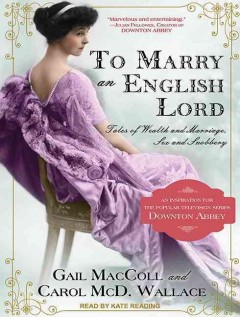 To Marry an English Lord by Gail MacColl and Carol McD. Wallace
To Marry an English Lord by Gail MacColl and Carol McD. Wallace
In a way, this is the book that started it all. Recounting the mass exodus of more than 100 American heiresses who flocked (or were sent) to England in order to exchange their new family money for an old English title, this book details the surprisingly scintillating marital exchanges of Victorian and Edwardian England. After reading this book, Julian Fellows, the creator of Downton Abbey, was inspired to create the character Cora Crawley and from there established the premise of what would be his hit show.
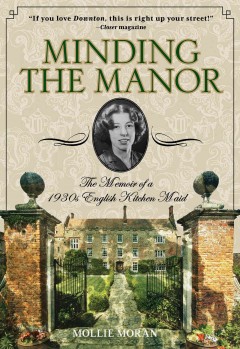 Minding the Manor by Mollie Moran
Minding the Manor by Mollie Moran
If you’ve ever wondered more about the internal life of Daisy, the hopeful, scrappy young kitchen maid, this book will give you a fairly solid idea. This is the true memoir of a young woman who worked her way through the “downstairs” life from scullery maid, to kitchen maid and then to cook in England in the 1930s. Despite being somewhat on a later timeline than most of Downton, Moran reminds the reader of Daisy while adding her own unique personality and struggles. This was also recommended as a great read by a loyal patron here at the South!
 Lady Catherine, the Earl and the Real Downton Abbey by Fiona, Countess of Carnarvon
Lady Catherine, the Earl and the Real Downton Abbey by Fiona, Countess of Carnarvon
To be honest, the tile of this alone is enough to entice me. The current Countess of Carnarvon, who runs Highclere Castle, the manor used as the real-life setting for Downton Abbey, digs into the castle’s archives to tell the story of Catherine Wendell, an American woman who married the soon-to-be 6th Earl of Carnarvon and presided over the estate during the time frame when much of Downton Abbey takes place. If you’re hooked on this book, you may also want to check out the companion piece, Lady Almina and the Real Downton Abbey.
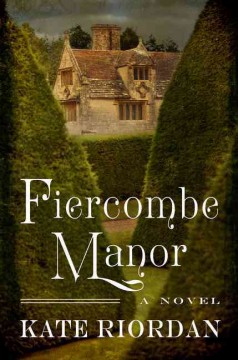 Fiercombe Manor by Kate Riordan
Fiercombe Manor by Kate Riordan
Riordan’s novel is an engrossing dual narrative that looks at the lives of those in an estate similar to Downton Abbey during the height of their place in society and those who pick up the pieces after the manor has been all but abandoned and derelict. Haunted by her own troubles and the air of mystery that hangs over the house in its decrepit state, the current resident of the house find that she has common ties with the former lady of the house as she delves into the family, and the manor’s secrets.
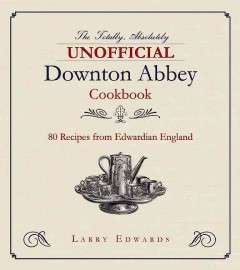 Edwardian Cooking: The Unofficial Downton Abbey Cookbook by Larry Edwards
Edwardian Cooking: The Unofficial Downton Abbey Cookbook by Larry Edwards
If you watch Downton Abbey for its sumptuous meals and beautiful party scenes or if you’d like to recreate some of the dishes you’ve seen on the show (perhaps for a screening party of the final episode?), this book is your resource. Edwards has compiled 80 recipes that are authentic to the Edwardian era and organized into High Tea, Dinner and Desserts (who wouldn’t want to try some of Mrs. Padmore’s sweets?!) each broken down into courses. Unlike the kitchens of the time, however, this book breaks down the recipes and walks you through instructions, so you don’t have to rely on the head cook’s memory.
As I’ve mentioned before, I think I’ll miss Maggie Smith’s brilliant portrayal of the Dowager Countess the most, but feel free to stop by and chat with us at the South about your favorite parts of Downton Abbey. Till next week, dear patrons, take comfort in the fact that, even though new episodes won’t be forthcoming for much longer, all 6 seasons will be here at the South on DVD for your binge-watching pleasure.

